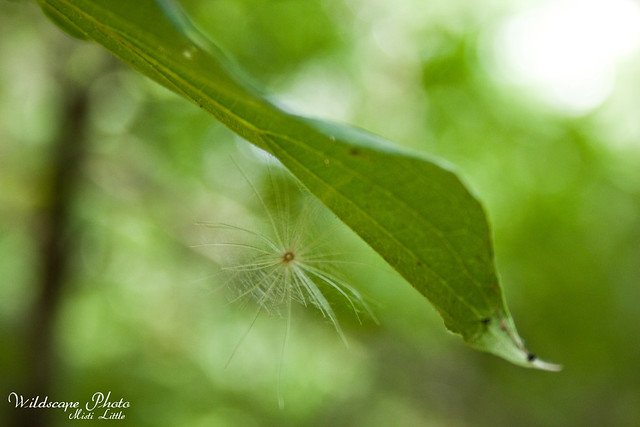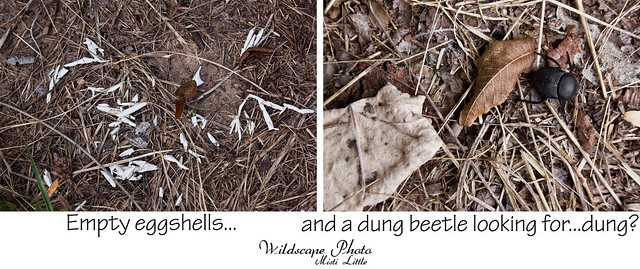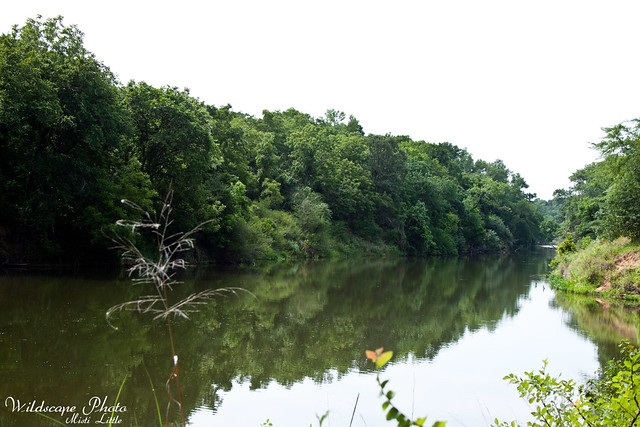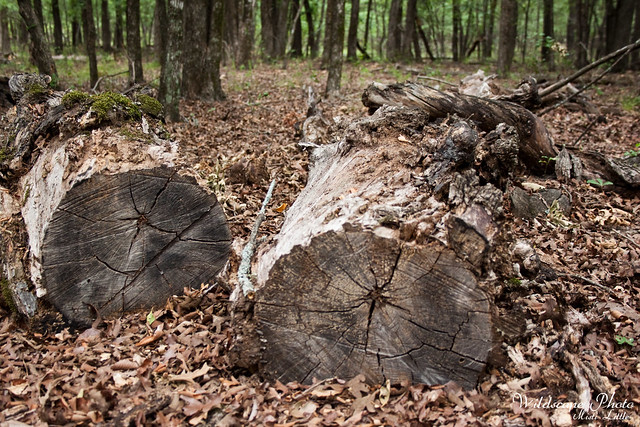Local Adventures | Crosstimbers Trail at Fort Worth Nature Center
Let me tell you something. This post was a booger to put together. Why? Because I did a lot of research. Why? Because I don’t know everything—duh!
First, a brief explanation of the Local Adventures title. While some aspects of it might be similar to Nature in the City posts they will differ in that they aren’t going to be strictly nature or in the city. NITC posts focus a bit more on parks/areas that are within an urban environment and they may or may not have a playground. (Now I am reminded I need to do some NITC posts again soon.) Local Adventures will focus on anything from a hike within a natural area nearby or a few hours from wherever I live (still transient at the moment) to canoeing and kayaking or maybe rock climbing…basically anything adventurous. So, really it is a bit of a work in progress as I develop the series and roll with it.
Now I bring you the first in the series. I will eventually cover more of the trails at the FWNC so stay tuned!
Location: Fort Worth Nature Center
Trail: Cross Timbers Trail, 3.37 miles round trip
Activities: Hiking, trail running, photography, nature/wildlife viewing
Bring Water and a snack!
The trail begins from a parking area near the West Fork of the Trinity River and crosses a levee that is adjacent to a channel to the east as you walk over the river. The river is dammed up and channelized through several lakes in this area.

This is the area to the west of the levee that is marked on the map as the lotus marsh. Didn’t see any lotus, though.

Once down the levee the main trail begins and you can choose which way to go as the path is a circle and will bring you back to this point.

On the Florida Trail it became a running joke that when we saw a bench Chris would have to sit on it. Since the FT is not as developed as the AT, where shelters and benches are common, we usually made do with stumps or the ground. So, Chris got his bench on this little trail.

It was a cloudy morning the day we went out so the woods appeared dark and mysterious. Some of the growth on the trees reminded me of the epiphytes covering the trees in Florida.

On the surface it might not appear that a lot is going on but one has to look close to see the smaller bits of excitement and beauty.

Watch out, the nettles will bite!

Chris tried one of the grapes back at the parking lot and informed me that it was pretty sour! Sounds like it would be good for jams or wine!

What took me the most time for this post was researching the plants and identifying them. Don Young with Tandy Hills sent me a plant list for TH and the FWNC so I utilized that heavily. If I can narrow something down to a genus or family and go from there I will, and then it is all about my friend Google. But if I don’t know where to start then I throw them out there for the world to try to identify—-so if you can help me out, lemme know! Edited 7/24/11: Someone at FW Nature Center has told me the shrub is a privet while the yellow is of the primrose family, possibly Oenothera rhombipetala. Thanks Suzanne!

Sometimes fauna is harder to come by than flora but we managed to find this skull. I poked around on the internet looking at a few skulls I thought it might be and I have a friend in Florida taking a look at it, too, but my first guess is that this is a coyote skull. I’m basing the guess on the shape of the nose. I initially was going with opossum or bobcat but I don’t think those are right. If someone else is good with skulls by all means help me out! Several people have said this is a raccoon, I’m still on the fence on this—stubborn—will have to look at the whole skull again soon.

Perhaps almost half way through the trail opens into this beautiful field allowing for more diversity in blooms.

I was very familiar with Gaillardia pulchella aka: Indian blanket so I knew this was probably in the same genus—and whaddya know…I was right!

Looking for wildlife is not necessarily about seeing a large mammal, though that is certainly nice, but looking for the smaller signs.

Since the photos are a bit cropped here I’m not certain on the oak species but if I were to guess I’d say the left photo is a blackjack oak (Quercus marilandica) and the right photo is a post oak (Quercus stellata). And the insect gall—oh I did some Googling but I wasn’t positive on anything so I decided not to guess. And if you are curious about galls…all types of galls! and the site I was using for identification.

Lichen! Again, not the best with identification of that sort of thing, but wanting to learn!

I think these two photos are my favorite from the entire walk. This is from the northern part of the loop and the lighting at this time was beautiful. It was so picturesque and made me think of the photos you see that you always wish you could be in—well, I was in one of those!

Back on the levee to the car…this is the channel we followed.

A beautiful sycamore, Platanus occidentalis, definitely not as large as the one from Sabine NF.

And finally, back near the car, sunflowers dotting the sides of the levee.






7 Comments
Gayle
Wow! Really enjoyed seeing these pics and your great writing.
Katie @KatieDid
The skull! wow! What a cool thing to come across, and it’s so small. Amazing pictures. What lens are you using in these?
chel
This was a fabulous and informative post. Seriously. And the skull is so wicked! I never heard of galls before, so THAT’s something new to look into. So interesting!
Chris
Hmm… I think Chris and the benches would be more of a “sitting” joke than a “running” one!
I had no idea passiflora could be found in Texas, too. Are there different types of it all over? I am still bummed that our passiflora sexflora has such teeny flowers 🙁 You guys really burst my bubble that day!
Chris
Had a great hike out there with you wifey!
prem
My guesses:
Yellow, four-petaled flower is something related to an evening primrose.
The skull looks like a ‘coon.
Note: only educated guesses here.
Troutlily
The shrub with green berries is one of the species of Chinese privet. The yellow flowers are a species of evening primrose (Oenothera sp.) – probably Oenothera rhombipetala. The skull is a raccoon. Really good photos!